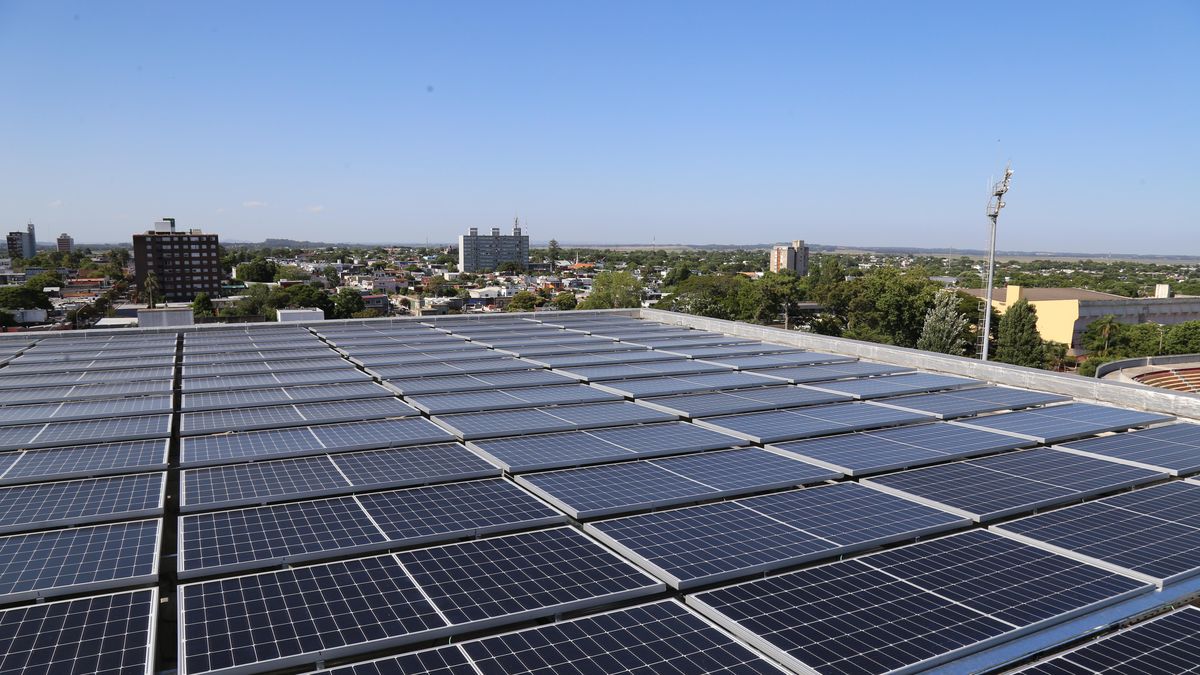Uruguay reached 99.7% of its electricity generation in February from renewable sources; achievement that adds to the milestone obtained in interannual terms, where 95.8% of the total electricity produced in the country was through renewable energy.
Uruguay has been working constantly in the second energy transformation and the decarbonization of the economy, relying mainly on the production of electricity from conventional and non-conventional renewable energies.
In addition to ambitious projects investment in energy matters such as the green hydrogen production plant in Paysandu —which is still in the early stages of negotiation— or the construction of two photovoltaic solar parks on the part of the National Administration of State Electrical Power Plants and Transmissions (UTE); They also highlight more modest but equally important achievements in terms of environmental sustainability. The renewable electricity generation achieved in recent months is one of them.
An exceptional February
The second month of 2024 brought the record of having achieved electricity generation almost entirely from renewable energy sources, with 99.7%, according to data provided by UTE. This meant a year-on-year increase of 28%, although it must be taken into account that the summer of 2023 was atypical due to the historical drought situation that affected the country.
The hydraulic energy was the undisputed protagonist in February, representing 50.1% of the electricity produced, a total of 561 GWh. Furthermore, compared to the same month in 2023, it grew by 137%.
The wind It ranked second, covering 32% of the total with the production of 358 GWh. And they followed her biomass, which doubled compared to last year, a significant 14.1% with 157 GWh generated; the solar, with 40 GWh (3.5%); and finally the thermal, the remaining 0.3% being non-renewable energy.
In this month it is worth highlighting, particularly, that on the 25th the 100% renewable electricity generationaccording to daily information published by the Electricity Market Administration (ADME).
A record year-on-year result for hydropower
During the twelve months closed in February, the country had a generation of electricity from 95.8% renewable sources. In this result, the growth of hydraulic energy It was fundamental, to the point of moving the interannual renewable contribution to the highest record since 2020.
In the moving year, energy wind had the greatest participation, with 42.8%, while the hydroelectric It obtained second place – explained by the impact that the drought had on the dams -, accounting for 37.6% of the total. The biomass came third with 11.7%, followed by thermal (4.2%) and the solar (3.7%).
Source: Ambito




